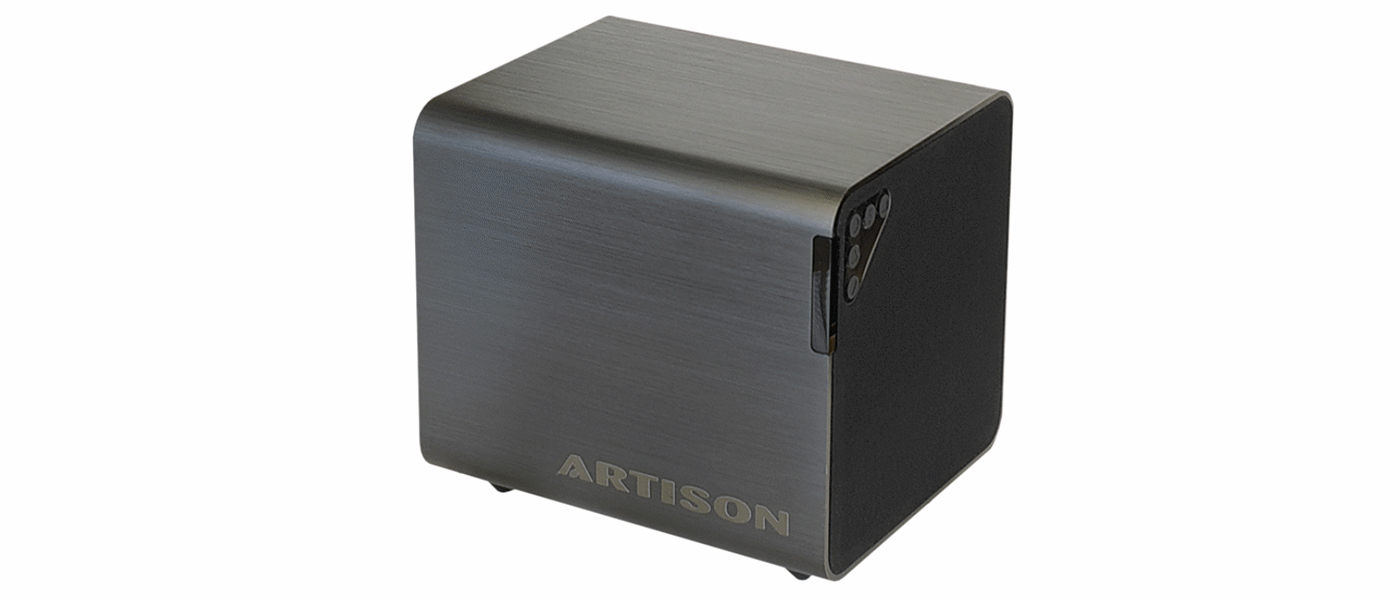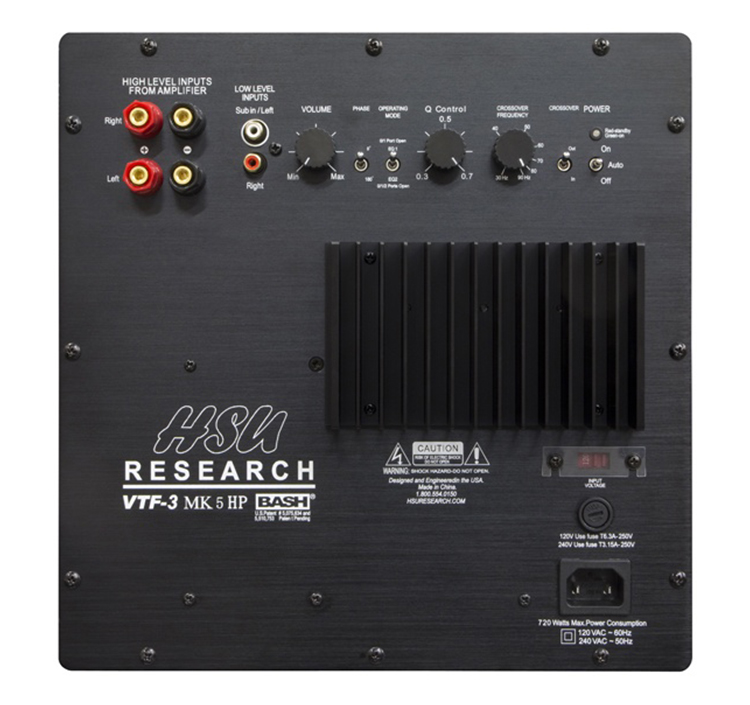It also marked the beginning of my ongoing addiction to clean, deep bass. Once I had a taste of that deep, low-distortion bass, I would never again settle for some wimpy subwoofer. No way.
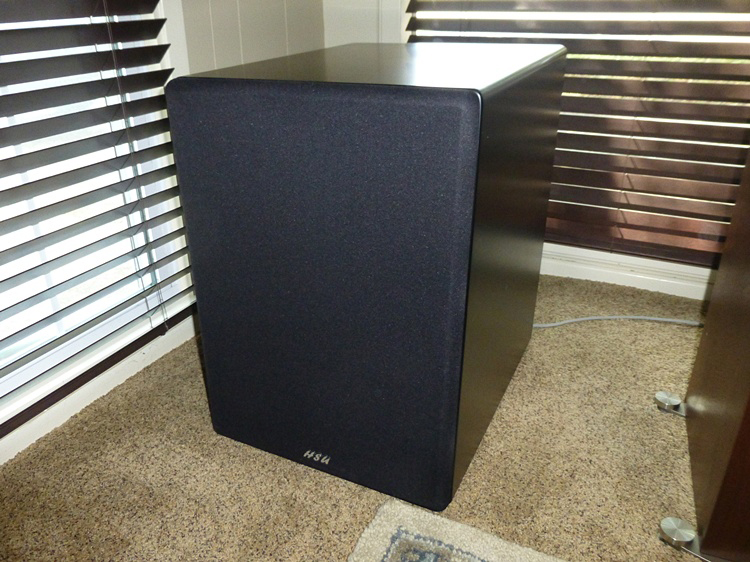
Now, many years later, Hsu is continuing to produce excellent subwoofers at ridiculously low prices. Hsu’s subs are actually better than ever thanks to the benefit of experience and advancements in technology. Meanwhile the price points are about the same as ever. The VTF-3 MK5 HP Powered Subwoofer reviewed here costs only $799 but has a massive 15” driver, a 600 watt amplifier and variable tuning. The VTF-3 MK5 HP Powered Subwoofer rivals the subjective performance of subwoofers costing many times its asking price. It also tested well in our objective bench tests.
Hsu Research VTF-3 MK5 HP Powered Subwoofer
- Flexible set up and tuning options
- Large cabinet
- Dual ports
- Blended well with mains
- Excellent bass extension
Hsu Research has released a few new subwoofer models in the last year. The VTF-3 MK5 HP is one of these. It is the next progression in a line of subwoofers with a flexible tuning capability whereby the user can use it ported, sealed or partly ported. The user can also dial in the system’s Q (a measure of the degree of cone damping) as well as being able to choose different EQ curves.
Design:
Ported Subwoofer with Dual Front-Firing Ports
Driver:
15” Fiberglas-Reinforced with Cast Frame
MFR:
18 Hz – 200 Hz, ± 2 dB
Internal Amplifier:
600 Watts Continuous, 2,000 Watts Short Term
Inputs:
Line Level (2), Speaker (2)
Outputs:
None
Dimensions:
24″ H x 17.25″ W x 21.5” D
Weight: 85 Pounds
Available Finishes:
Satin Black
MSRP:
$799 USD
Company:
SECRETS Tags:
HSU Research, Subwoofer, Powered Sub
What this means is that the user has an unprecedented degree of control over the output characteristics. This capability can be exploited to offset room-induced response anomalies as well as to let the user dial in the sound for their own personal tastes.
The driver is a big, bad 15” long-throw transducer of Dr. Hsu’s own design and it is the same driver used in Hsu’s top of the line subs. The subwoofer is driven by a built-in 600 watt plate amp. The whole package is available factory direct at the unheard of price of just $799.
The Hsu Research VTF-3 MK5 HP subwoofer is built around a very thoughtfully designed 15” main driver. It is the exact same driver found in Hsu’s top line subwoofers. It features a fiberglass-reinforced cone and a cast metal frame. It is a high excursion design with multiple shorting rings to reduce flux modulation distortion. Hsu also claims low distortion due to a symmetric magnetic field.
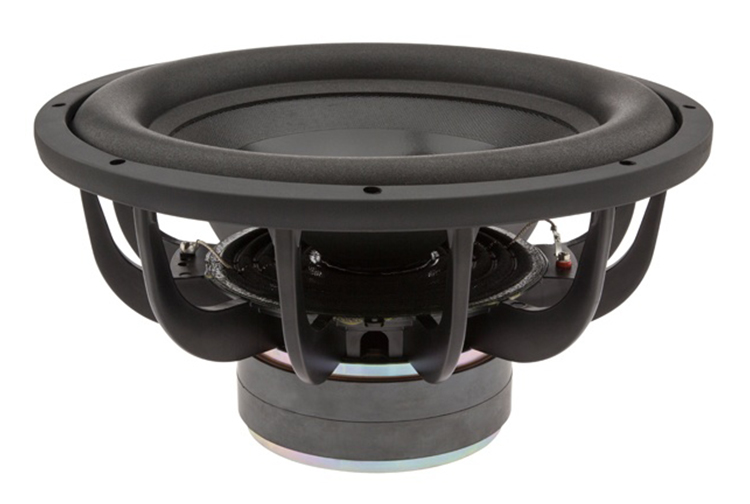
In the case of the VTF-3 MK5 HP, this main driver is mounted forward-firing in a ported cabinet with dual, asymmetric ports at the bottom of the cabinet. The dual ports are where the model’s “VTF” designation originates. This stands for “Variable Tuning Frequency” and indicates that the cabinet can be “tuned” by opening or plugging one or both ports.
Secrets Sponsor
Among other controls, the plate amp has a toggle called “Operating Mode” that switches the amp’s equalization mode between either “EQ1” or “EQ2”. This switch works in concert with the two included port plugs to allow five different tuning configurations recommended by Hsu. The below narrative was taken from the owner’s manual –
- Ported Max Output Mode: 2 ports open, and operating mode switch set to ‘EQ2’. This mode is ideal for those with medium-to-large room sizes who listen at high playback levels and want the strongest mid-bass possible…
- Ported Max Extension Mode: 4˝ port open, and operating mode switch set to ‘EQ1’. This mode is ideal for those with medium-to-large room sizes, or small to medium rooms but who listen at low-to-moderate playback levels where the rising low bass from room gain will help compensate for the ear’s insensitivity to bass at lower levels.
- Ported Max Headroom Mode: 4˝ port open, and operating mode switch set to ‘EQ2’. This mode is ideal for those with medium-to-large room sizes who listen at high playback levels and want the deepest bass extension.
- Sealed Max Extension Mode: 0 ports open, and operating mode switch set to ‘EQ1’. This mode is ideal for those who prefer a sealed box sound and deepest bass extension.
- Sealed Max Headroom Mode: 0 ports open, and operating mode switch set to ‘EQ2’. This mode is ideal for those who want the sealed box sound and listen at high playback levels.
It appears that EQ1 yields the most extension possible while setting the switch to EQ2 limits the extension which would provide more output in the mid bass region.
This is an incredible degree of flexibility which is further augmented by the plate amp’s variable Q Control. This Q Control is by way of a dial on the amp that allows the user to continuously select a “Q” of anywhere from 0.3 to 0.7.
A speaker system’s Q is a measure of the degree the driver is damped with a high Q being under damped and a low Q being over damped. This parameter is typically controlled by the speaker designer through their selection of the driver, cabinet and porting. I am not 100% certain how this is done electronically other than to speculate that it is also via a form of electronic equalization. Nevertheless, this is just one more user control that Hsu makes available to dial in an ideal response for your room and set up.
I tried Q settings of 0.5 and 0.7 during the review period and generally preferred 0.5 over 0.7 though the differences were very subtle.
Secrets Sponsor
The large cabinet of the VTF-3 MK5 HP is only available in black satin and though it was large, the flat black finish made the box appear much smaller than I had expected. When it comes to bass reproduction there is no substitute for big drivers, big cabinets and powerful amps. The amp in the VTF-3 MK5 HP is rated at 600 watts continuous so I think Dr. Hsu has all the bases covered!
The sub came completely assembled and this included some rugged rubber feet. I would typically use spikes on my carpeted floor, but the Hsu performed excellently with the stock feet.

Since all was assembled and ready to go, set up was a breeze. I placed the sub in the front left corner of my space, connected the line level interconnect from my pre-pro’s subwoofer out and then plugged in the included IEC power cord and I was ready to dial it in.
For most of my listening, I had the VTF-3 MK5 HP set with the 4” port open, EQ set to “EQ1” and the Q control on 0.5. The Phase was set to 0 and I used the bass management in my pre-pro so the sub’s low-pass filter was set to “Out”.
The Hsu Research VTF-3 MK5 HP proved to be a very worthy subwoofer throughout the review period. It was capable of producing thundering bass with excellent extension and low distortion, easily filling my large room with oodles of cinematic goodness. While the VTF-3 MK5 HP was less accomplished on music, I was nevertheless impressed with the sub’s balanced sound particularly when you consider the unit’s very fair if not amazingly low price.
In deference to current fashion, my listening impressions will be explained through a series of alliterative expressions around the letter “B”. (It seems like everybody’s into alliteration these days, whether it is Taco Tuesday or March Madness.)
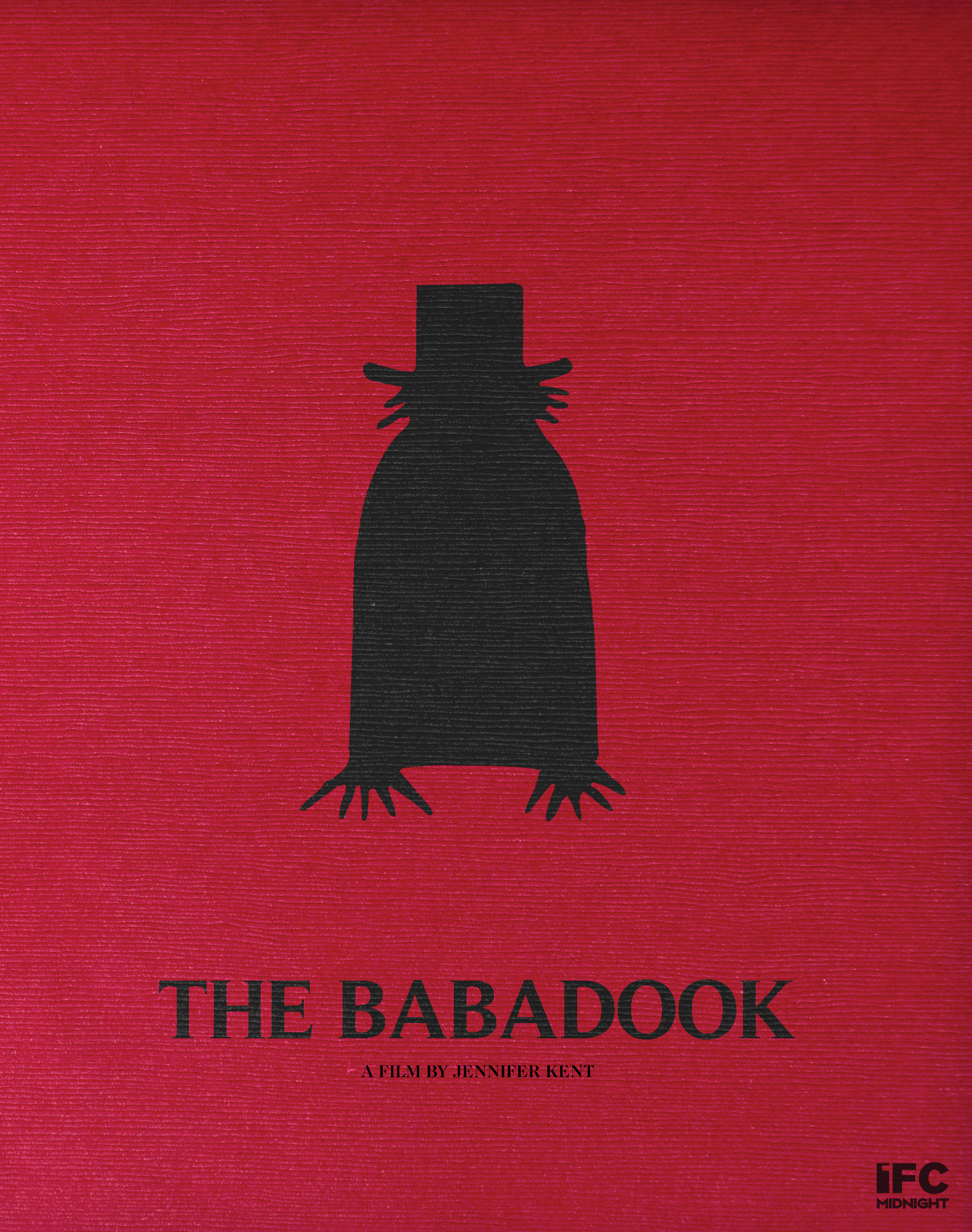
On the Blu-ray of Babadook, the Hsu sub displayed its excellent Balance. Babadook is a very entertaining horror film that was shot in Australia. Consistent with most horror films, the deep bass helps set a fearful tone and then supports the fright scenes with low bass effects.
In many cases, the bass in horror films can be overtly strong and even in-your-face. On Babadook and with the Hsu VTF-3 MK5 HP in my system, the bass was in near perfect balance with all the other sounds – voices, effects, music, etc. This was a very satisfying screening of a great film.

Next I watched Birdman and was amazed by the sub’s ability to Blend with the rest of the audio band. This movie has several narrative voiceovers by the Birdman character. If your sub doesn’t blend well then you might get a chesty or thin vocal. Not so with the Hsu. It offered just the right amount of weight to the voice without crossing the line into the chesty category. The Hsu sub also shined with its rendering of the environmental sounds on this disc.
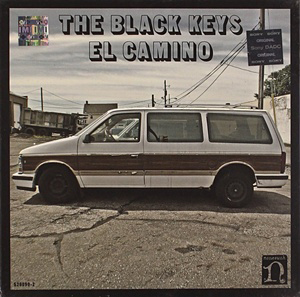
For a little music, I tried the Black Keys “El Camino” CD and the Hsu VTF-3 MK5 HP helped me find the Bottom of the musical scale. This is a bass-heavy disc and the Hsu sub was right in its comfort zone. The kick drum in particular stood out with its great impact and slam. But really all the low bass had excellent pitch definition. Unfortunately, it did lag the action by a very slight amount. Despite that I could happily live with this sub.

I am not sure why it took me so long to watch the Blu-ray of “Ted”, this marvel of modern filmmaking . . . it is high art indeed! But I can scratch it off my bucket list now. What I liked most about Ted (sound-wise, that is) would be the lounge-type music. With the VTF-3 MK5 HP subwoofer in play, the soundtrack bounced and bubbled with a vivid energy.

I also want to mention that the Hsu Research VTF-3 MK5 HP was the subwoofer I was using during portions of my review of the Salk Exotica 3 floor standing speakers. In that review, I specifically remember writing that viewing “The Hobbit: The Desolation of Smaug” was the best my system had ever sounded.
Part of this assessment was due to the Exotica 3’s but I honestly feel that the lion’s share of the credit goes to the Hsu sub. This was for all the reasons mentioned above – balance, blend, bottom, etc. but more than all that it was just that the Hsu sub simply laid down a deep and tight foundation for all the other sounds on the disc. Bravo!
All below measurements are in-room response. The frequency response tests were performed with the microphone on axis with the main driver and spaced 1 meter from the dust cap. The distortion measurements were on-axis near field measurements with the microphone tip precisely 1′ from the driver or the open port, depending on the frequency under test. (The port was used for the lowest frequencies.)
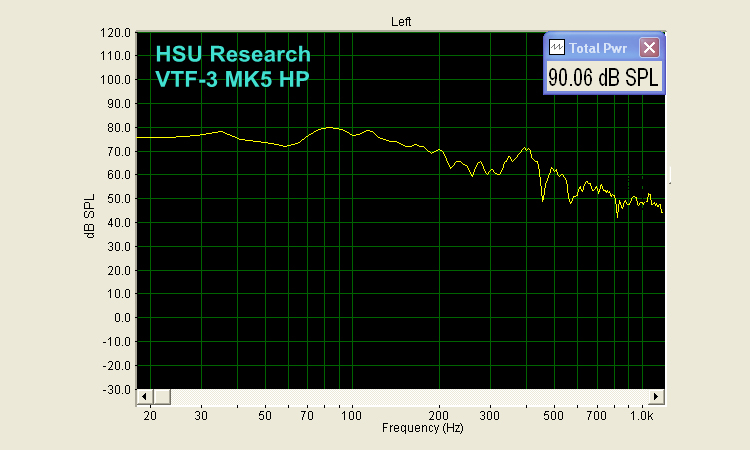
The above plot is the frequency response. The VTF-3 MK5 HP was exceptionally flat from 18 Hz to 180 Hz tracking at +/- 5 dB across this range.
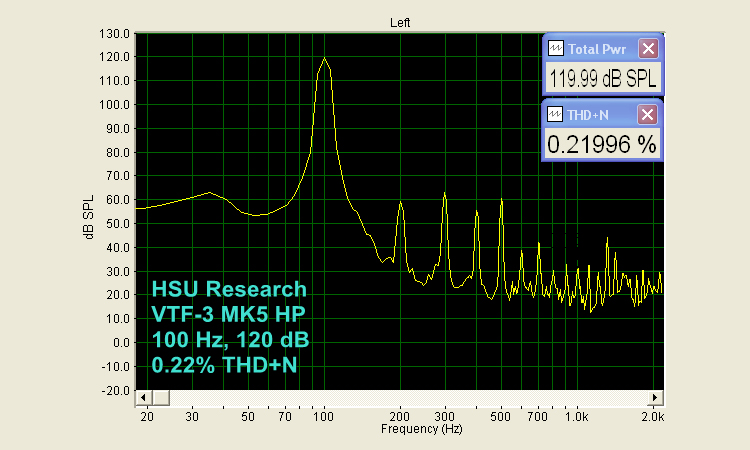
I got approximately 0.22% THD+N at 100 Hz and 120 dB. This is very low distortion for a subwoofer and rivals the type of performance one would get with a pair of headphones.

The distortion actually dropped in the above plot taken at 40 Hz and 120 dB, clocking in at just 0.17%.

I tested the limits of the subwoofer at 32 Hz. It is generally understood that 10% THD+N is the threshold of audibility for distortion in the bass. In the case of the VTF-3 MK5 HP the speaker hit 126.5 dB while remaining under 10% THD+N. This was probably louder than I would ever listen to normal material and any tests taken above this sound pressure level caused the distortion to spike above the 10% limit
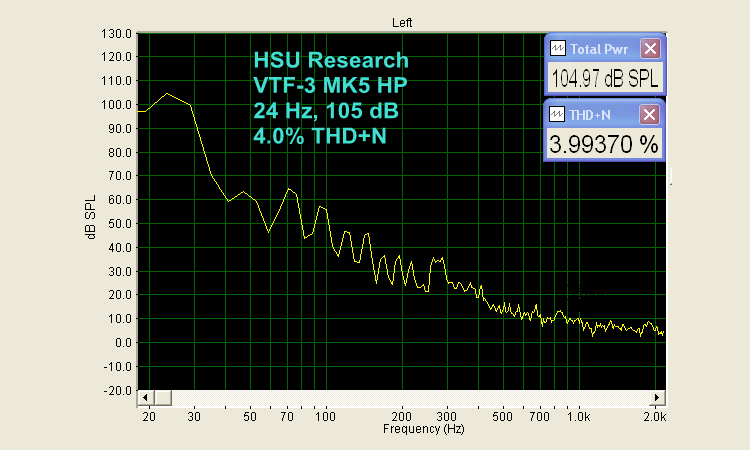
At the low end of the audible range, I was able to get 4% THD+N at 24 Hz and 105 dB. This again was a good test but as usual, the distortion rose quickly as I increased the volume from here.
All in all, this is an excellent suite of bench test results particularly when you consider the very reasonable price point asked for the VTF-3 MK5 HP.

THE HSU RESEARCH VTF-3 MK5 HP Powered Subwoofer has Excellent Deep Bass Extension.
- Flexible tuning options
- Excellent deep bass extension
- Low distortion
- Prodigious output
- More finish options
- Included floor spikes
- More refined sound quality
Let’s get real for a minute. High quality bass can be expensive. Really expensive, particularly from the perspective of the everyday Joes out there like me. That’s why Hsu Research has forever amazed me. They consistently produce some of the best sounding subwoofers on the planet and get them into consumers’ hands at a fraction of what it costs to own a competing sub. And the Hsu products do compete performance-wise with some of the expensive subs I’m thinking about.
Certainly Hsu’s subs don’t have quite the finesse and subtlety in the bass that can be had from the $5,000+ products that are out there. But that would be much too tall an order for a subwoofer you can have for less than $800.
What do you get for $799 then? You get low-distortion deep bass that nearly rivals the performance qualities of just about any great subwoofer on the market. You get an extreme amount of flexibility to set up and tune the response to your room and your tastes. This sub can shake your room as well as any other 15” sub out there and it sounds really good in doing that. And don’t forget that the VTF-3 MK5 HP is a very flexible unit – you can dial in the response for just about any system and it can be re-adjusted if you move rooms or add new components to the mix.
The Hsu VTF-3 MK5 HP sub is recommended for any home cinema enthusiast who has a real-world budget and even those who could spend more but don’t need to because the Hsu gives them everything they want. These are well worth an audition and there is no risk as the subs are offered with a 30-day satisfaction guarantee.


